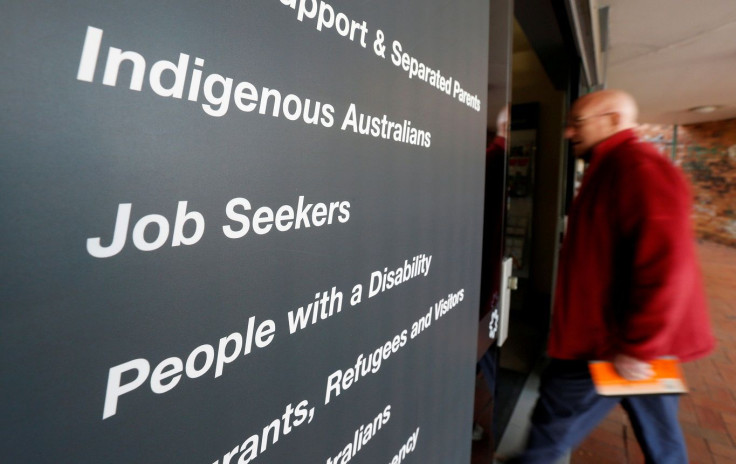Feb RBA Rate Cut Hopes Fade As Australian Jobless Data Beat Expectations

Unemployment in Australia fell a little in December 2019, with the latest data from the Australian Bureau of Statistics (ABS) recording an increase in both full-time and part-time employment. With the figures coming in above expectations, economists are now anticipating the Reserve Bank of Australia (RBA) will keep Australian interest rates unchanged at its February policy meeting.
Before the jobless data release, there had been some expectation that the central bank could trim rates from the current 0.75% level.
The view that rates will likely remain on hold for another month or so could come as a disappointment to some, as it means the cost of loans and credit will stay at around current levels rather than get cheaper. On the flip side, it does underscore that the outlook for the Australian economy is becoming more positive.
Australia's unemployment rate falls
Recent data from the ABS showed Australia's seasonally adjusted unemployment rate fell to 5.1% in December, from 5.2% in November. That drop beat analyst expectations and was the lowest jobless rate since April 2019.
The rate moved lower as the number of people in employment across Australia rose by 29,000 in December 2019 compared with a year earlier. When more people are in work, that's good news for the economy as it shows businesses are hiring and willing to pay for more staff.
That development is in line with the central bank's outlook that after a tough second half of 2019, the Australian economy is showing increasing signs of improving. RBA Governor Philip Lowe mentioned that following a soft patch in Q3 and 4, the Australian economy seems to have reached a moderate turning point, in a statement following the Bank's December monetary policy meeting.
He added that the RBA anticipates the unemployment rate will remain around current levels for some time, before slipping under the 5% rate in 2021. At that point, the Central Bank anticipates wage growth could begin to rise, which would provide another boost to the economy in terms of consumer spending power.
How rate moves affect spending and borrowing
The level of interest rates, as set by the central bank, dictates the cost of borrowing across the country. When interest rates fall, the cost of credit tends to decline too. The RBA cut Australian interest rates three times during 2019, which helped to make the cost of borrowing less expensive for consumers and businesses.
However, there are growing signals that the economy could begin to expand once again in 2020 and beyond. Albeit slowly, rates will likely remain on hold for some time. That means the cost of securing a loan or a new line of credit will also stay at around current levels, rather than fall any further.
It's also worth considering that once it becomes clear that the economy is beginning to grow sustainably again, through different indicators including jobs and earnings reports, the Central Bank could start considering when it will next raise interest rates. Once the central bank does begin thinking about hiking rates, even if it's in the future, then interest rates could also start to edge up.
That's exactly why right now could be the perfect time to take a look at your finances. If you need (or want) borrow money, either through a loan, a mortgage, or another form of credit, rates could be at a reasonable level for you to ensure your borrowing plans are affordable.





















